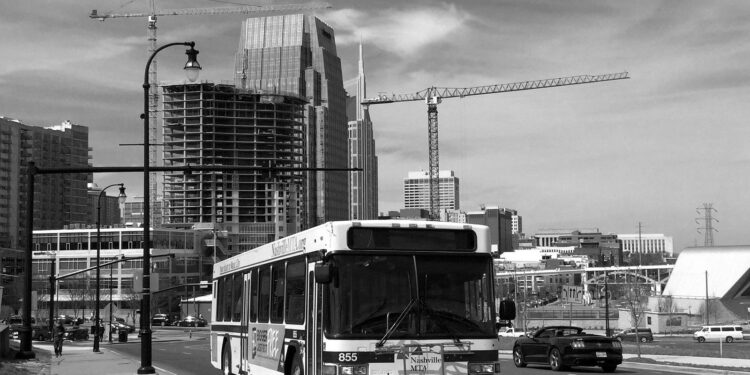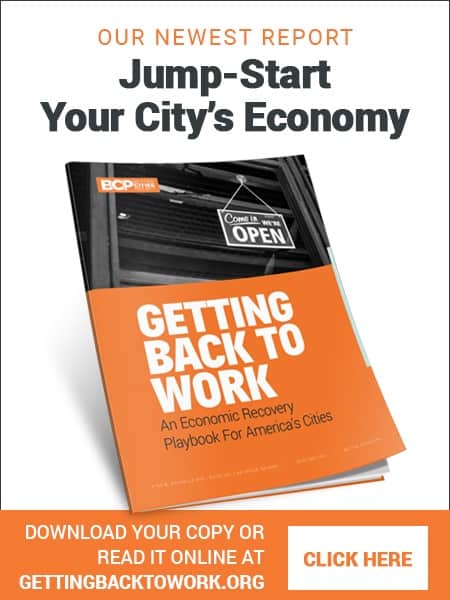Right now, much of Nashville’s residential zoning caps density at low levels—often only allowing single-family homes. That creates a perverse dynamic: public dollars build out high-frequency bus corridors, but private developers are barred from adding the homes and businesses that would make those corridors thrive. The result? A lot of expensive infrastructure serving not nearly enough people.
Researchers at the Urban Institute issued a clear warning. Without land-use reform, new investment in transit could raise property values along key corridors while preventing new housing supply—exacerbating displacement and driving lower-income residents further from the very services designed to help them.
They recommend a suite of modest reforms: legalize more multifamily housing, allow greater density near transit lines and reduce costly barriers like minimum parking requirements. In short, cities must make it possible for people to live near the transportation they’re funding.
The lesson here isn’t just for Nashville. Every city considering big-dollar transit expansions should heed the same warning: transit and zoning are two sides of the same coin. If you want your buses and trains to succeed, you have to let people build homes and businesses around them.
That may not be as politically flashy as a ribbon-cutting, but it’s what makes good cities work.









